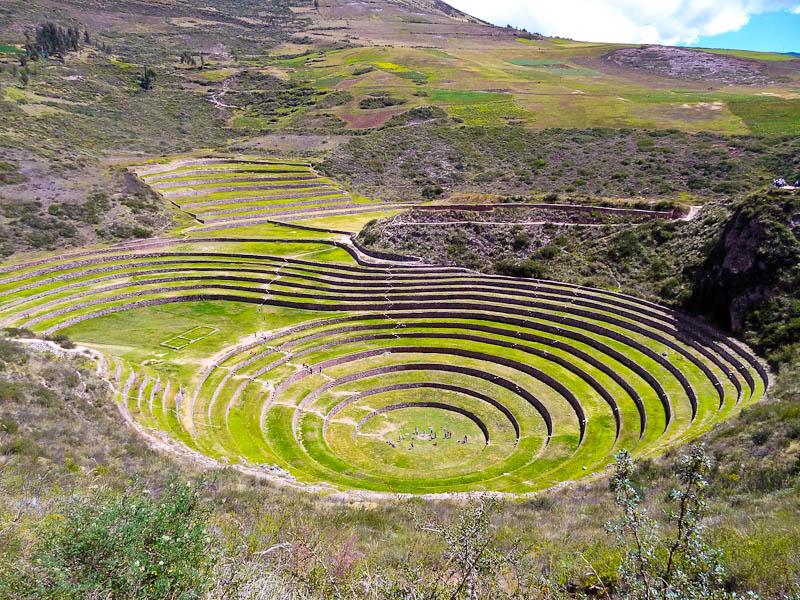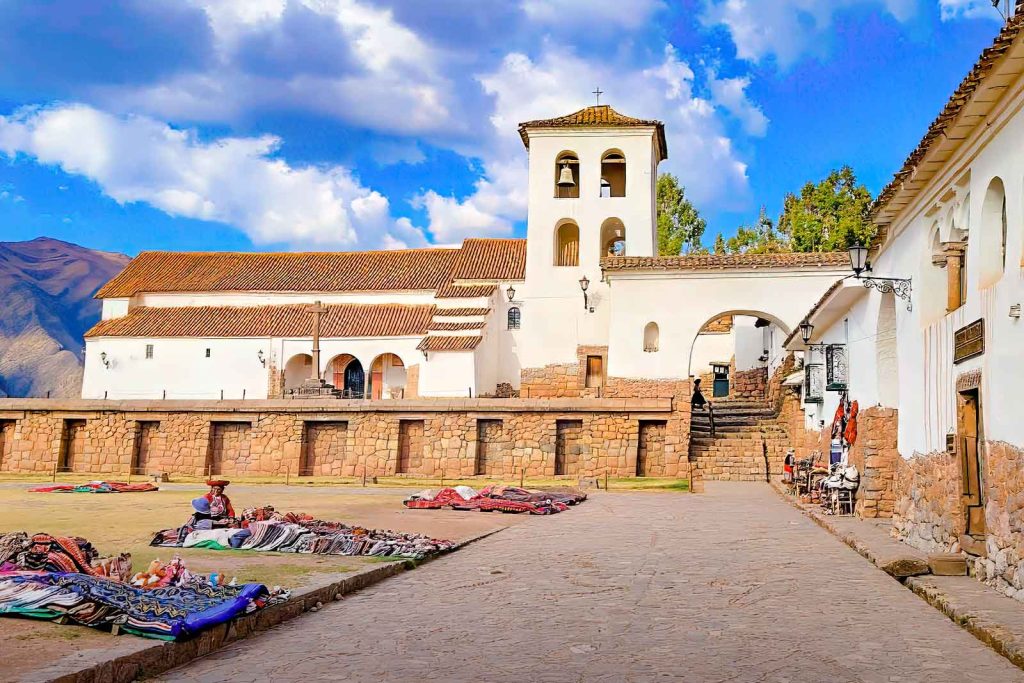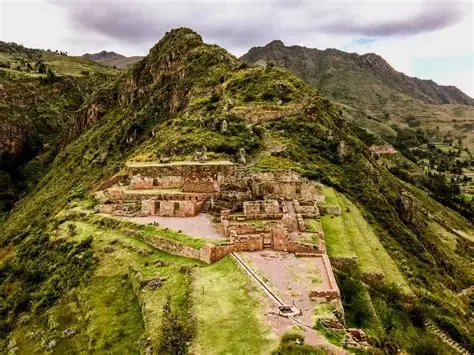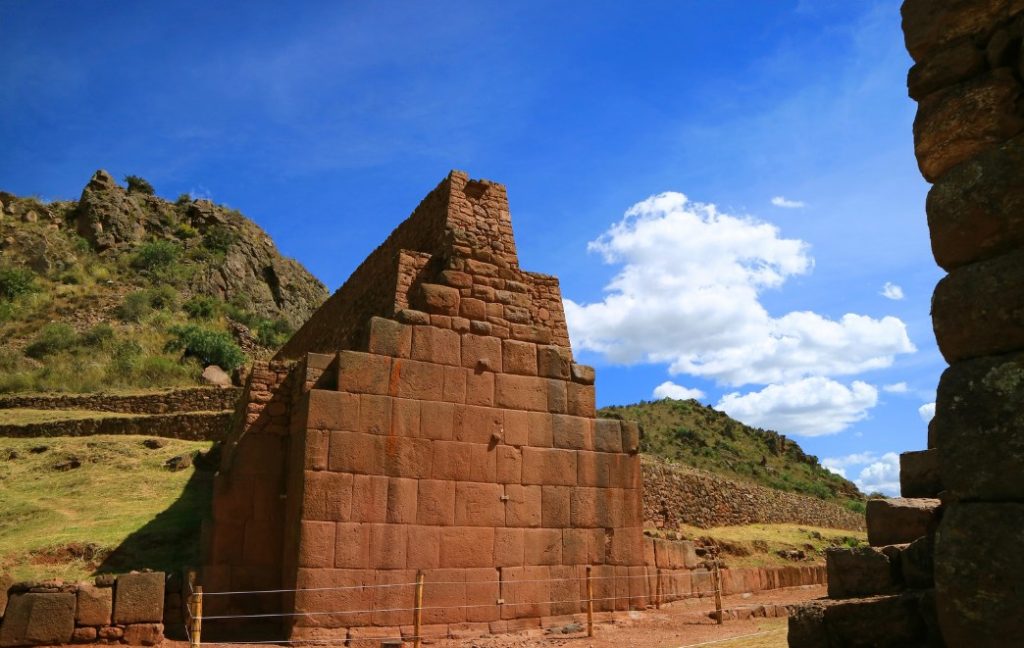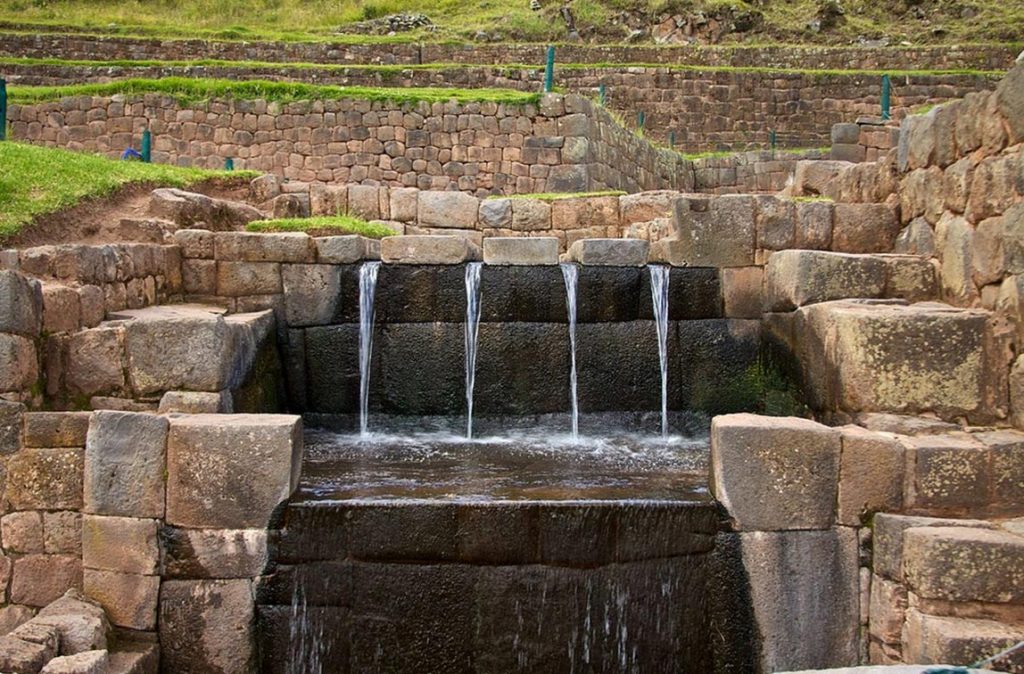Discover the Majestic Mountains and Trekking Adventures of Peru
Confronting Climate Change: Challenges and Opportunities for Peru’s Ecosystems
Peru’s stunning landscapes invite you to explore its breathtaking hiking and trekking routes, showcasing the country’s majestic mountains, snow-capped peaks, terraced hills, and sacred valleys.
This region, a cradle of ancient civilization, reflects a rich legacy of harmonious coexistence with the remarkable Andean geological formations, all while achieving impressive levels of development.
However, climate change poses significant challenges.
The impacts are especially harsh in the Andean mountains, threatening the glaciers that supply vital water resources.
These changes lead to droughts and landslides, jeopardizing both the diverse biological ecosystems and human livelihoods throughout the region, including Cusco.
Peru is also recognized for its remarkable genetic diversity, ranking among the top eight global centers for agricultural and livestock diversity, as well as plant and animal genetic resources.
By harnessing this knowledge, we can work towards sustainable progress that protects our delicate ecosystems.
The Andes: Essential Sources of Water, Energy, and Food
Water in the Andes is far more than a “vital resource”; it is crucial for consumption, agriculture, and energy generation, underpinning ecosystem integrity and Andean culture.
Glacial and rainwater feed streams that serve as the primary water source for domestic, industrial, and agricultural needs across Peru. Investments exceeding $4 billion in coastal irrigation allow farmers to cultivate vital exports like asparagus, chili peppers, and avocados, contributing significantly to the economy alongside staple crops like rice and sugar cane.
The Andean region boasts over 12,000 lakes and numerous streams, offering immense potential for energy generation.
This mountain system functions as a “water tower,” with dams like Mantaro providing 30% of Peru’s electricity.
Ranking third in hydro energy potential in South America, Peru has a capacity of 54.4 GW, well above its current demand of 4.5 GW, while also exploring wind, solar, and geothermal energy opportunities.
THE MOUNTAINS AMAZING PERU: SOURCE OF GENETIC RESOURCES
Peru, especially the Andean region, has a high degree of wild and cultivated genetic diversity and is one of the eight most important global centers of origin and diversity in agriculture and livestock as well as in plant and animal genetic resources amazing peru.
The potato, tomato, chili pepper, and quinoa are some of the treasures the Andes have provided the world. We need to remember that they are, before anything else, a cultural creation resulting from an accumulation of thousands of years of experiences through which Andean men and women learned how to understand, use, transform, and take advantage of their environment (Mujica, 1993).
As such, they tamed geography, plants and animals, time, and water, doing thus in a particular fashion based on coherent solutions to the challenges they faced from the setting in which they lived.
The National Biological Diversity Strategy (2001 Amazing Peru) states its main objective as “the conservation of biological diversity, sustainable use of its components, and the just and equitable participation in the benefits derived from the use of genetic resources.”
The 2009 – 2011 Amazing Peru – National Report of the State of the Environment claims that “the rural Peruvian population has made good use of its native biodiversity, respecting or intervening, in a relatively limited manner, in the majority of ecosystems.
Their wisdom has aided in the creation of new cultivated plant species required for their sustainable development.” Peru Travel Agency Operator.
The Amazing Peru country boasts tropical mountains and one of the most extraordinary geographies on Earth.
the first human groups crossed into what is now Amazing Peru more than 10,000 years ago. These first settlers were descendants of Asian immigrants who had crossed the Bering Strait land bridge and spread across the entire North and South American continents.
They moved in small groups in search of food, which they found through hunting and gathering. Since they were nomads, their cultural trappings were simple.
Approximately 6,000 years ago, those ancient denizens supplemented their hunting/gathering with insipient forms of agriculture.
It took several millennia more to fully develop their agriculture systems as the mainstay for their food production.
This transition from the hunting – gathering and incipient farming to full blown agricultural production began about 4,000 years ago during the Mid Horizon or the Stabilization Period of Civilization, in which the Chavin culture flourished.
From that historical age onwards, food requirements were more reasonably satisfied through the cultivation of the land than they were in earlier time periods, which was reflected in rapid and sustained population growth as well as, to a certain degree, cultural development, a situation that brought about the rise of civilization to a level comparable to that of the ancient Old World cultures.
From the time that ancient Peruvians adopted the practice of farming as their main source of sustenance, the larger population was frequently confronted with an insufficient production of food.
A limited amount of arable land was the main reason for this problem, which was exacerbated on account of recurrent weather-related disasters, such as severe drought that brought with it famine.
The efforts to overcome this obstacle seem to explain the gestation process of Andean culture, its characteristics, and its subsequent development – Agency operator.
The territory encompassed by ancient Peru was always less than favorable for agricultural production.
On the western side of the Andes, the long yet confined and arid coastal fringe barely left room for fifty two narrow fertile valleys that are isolated and quite distant one from the other, with very limited rainfall and unpredictable river flows.
The Andes offer miniscule valleys or vertical terrain which is just as isolated between the complex succession of rugged mountain peaks and inhospitable plateaus.
The mountain farmers who settled the northern Amazonian Andes, at elevations between 2,000 meters and 3,000 meters, developed an Andean culture sui generis, given that they had to clear away the dense tropical vegetation that dominated that area.
The same process took place during the Incan Empire when the Incas migrated into the Vilcabamba region, home of Machu Picchu and other grand examples of monumental architecture, like Choquequirao trek, inca trail classic, salkantay trek, humantay lake trek, rainbow mountain trekking, ausangate trek, huchuy qosqo trek, lares valley trekking, etc, agency operator.
Hence, this explains the reason why the Incan culture, at the height of its splendor, required a much larger per capita territory than that of the ancient Euro-Asian cultures.
This vast area was, paradoxically, unable to produce the necessary food on account of its limited fertility, and it suffered recurrent natural weather disasters, such as those caused by the El Niño phenomenon.
Those reasons precisely explain why Andean inhabitants partially occupied the Amazonian Andes, moving eastwards to expand their agricultural frontier.
The stark contrast between the size of the Incan Empire and its limited agricultural potential caught the attention of the Spanish historians during the first years of the Conquest.
The Spanish missionary, Miguel Cabello Valboa, in his work Miscelánea antártica (1586) noted that this was a grave problem that caused severe overpopulation in the few habitable, “favorable and healthy” areas; he wrote further that “the untold number of people has, throughout the long years in this New World, propagated so much so that … there was no lack of men for the land, but a lack of land for the men.”
The tireLess Mountains in Amazing Peru Operator:
The most important trait of any mountain is its verticality, which is the reason why we can find different altitudinal tiers.
These levels are one part of the recipe for diversity, understood as the richness of life and its variants: plants, animals, and microorganisms, along with the genes they contain and their complex association in ecosystems that give shape to the natural landscapes.
Peru’s mountains are classified as tropical due to their latitudinal distribution (from 0°- 18° south latitude) and, as mentioned above, they are the sovereigns of the landscape and of cultures, expressions of which are the number of languages (52) and the massive variety of foods found in the country.
Nevertheless, the intertwining of so many colors and flavors and so much wisdom has turned Peru into a fragile crystal vessel that must be treated delicately: complex realities require complex solutions.
All the world’s natural settings in the Rugged Immensity of the Mountains in Peru:
According to Jose Maria Arguedas, nearly all the world’s natural settings can be found in the Andes Peru.
That is one of the most important characteristics of tropical Andean ecosystems and, if we take into consideration their continuity to include the eastern and western slopes as well as their inter-Andean valleys, then 84 of the world’s 102 known life zones are found in Peru.
For the past ninety years, scientists have tried to classify the incredible diversity of ecosystems the country possesses, using different units: plant formations, life zones, natural regions, ecoregions, types of vegetation coverage, and fragile ecosystems, and attempting to find an order to the near entirety of the natural settings found in the country
Explore Peru’s breathtaking mountains and trekking routes while learning about efforts to protect its unique ecosystems from climate change

